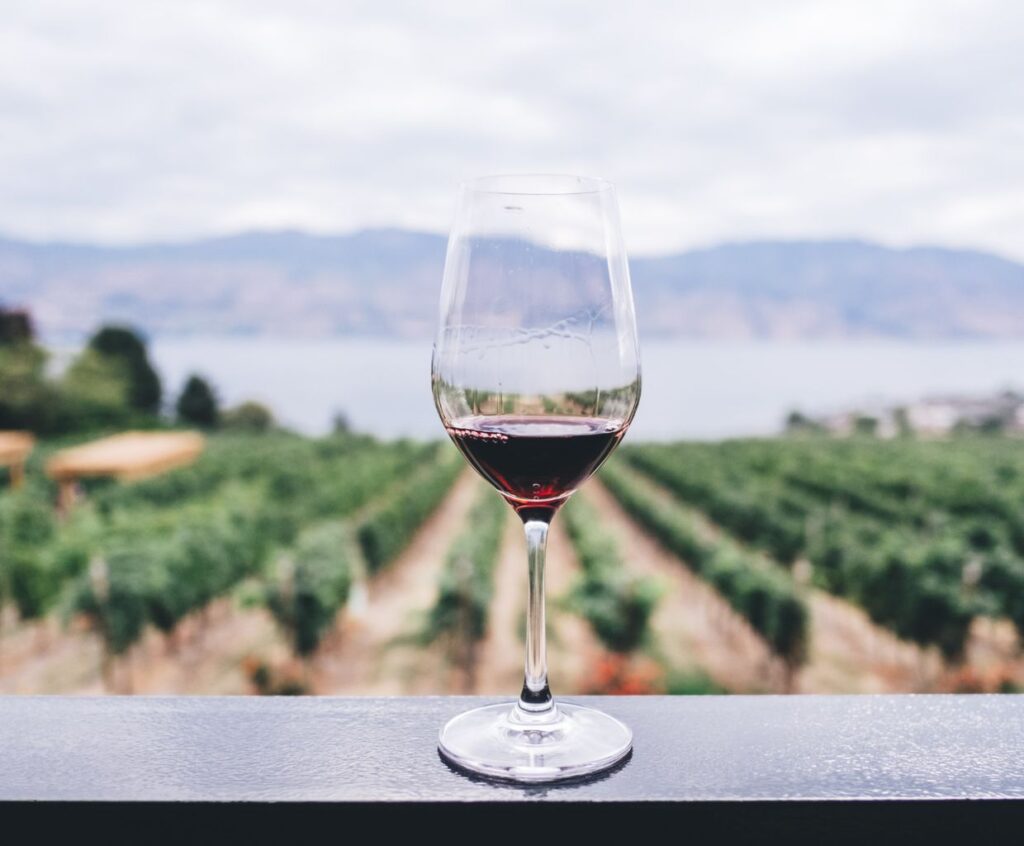Find Out How Your Wine is Made
Welcome wine enthusiasts and curious minds! Have you ever wondered about the magical journey your favorite wine undergoes before it reaches your glass? This article will take you on a delightful tour of the winemaking process, from the vine to the bottle.
So, grab a glass of your favorite vintage and dive right in!
Harvesting the Grapes
It all begins with the careful selection and harvesting of grapes. Skilled vineyard workers handpick the finest, ripest grapes, ensuring they are at the peak of flavor and sweetness. This step is crucial as it sets the foundation for the quality of the wine.
The Winemaking Process
Once the grapes are harvested, they undergo a meticulous process to transform them into the delightful elixir we all love. Here’s a breakdown of the winemaking process:
-
- Crushing and Destemming: The harvested grapes are carefully crushed and destemmed to separate the juice from the skins and stems.
- Fermentation: The extracted grape juice is then left to ferment. Yeast is added, which converts the sugars into alcohol, creating wine.
- Clarification: To remove impurities and sediment, the wine is clarified through various techniques like racking, fining, or filtration.
- Aging: Some wines are aged in wooden barrels or stainless steel tanks to enhance their flavors and aromas. This process can take months or even years.
- Bottling: Finally, the aged wine is bottled, often with a cork or screw cap, ready to be enjoyed by wine enthusiasts like yourself!
Types of Wine
Winemaking techniques can vary depending on the type of wine being produced. From crisp white wines to bold reds, the choices are endless. Here are some popular types:
-
- Red Wine: Made from dark-colored grapes and fermented with grape skins, red wine exhibits a wide range of flavors and aromas.
-
- White Wine: Produced from green or yellow grape varieties, white wine is typically lighter and tastes crisper.
-
- Rosé Wine: This delightful pink-hued wine is created by allowing the grape skins to remain in contact with the juice for a short period, resulting in a beautiful blend of red and white wine characteristics.
-
- Sparkling Wine: Known for its enthusiasm, it undergoes a secondary fermentation process that creates the bubbles we adore.
Can you explain the influence of aging and maturation on the characteristics of different wines?
Aging and maturation play significant roles in shaping the characteristics of different wines. Here are some key points to understand their influence:
1. Flavor Development: During the aging process, chemical reactions occur within the wine, developing complex flavors. The wine’s tannins, acids, and phenolic compounds interact with oxygen, resulting in changes in aroma, taste, and texture. Red wines become softer and smoother, while white wines may gain richness and complexity.
2. Aroma and Bouquet: With aging, wines undergo chemical transformations that form new aromatic compounds.
Initially, young wines may have primary aromas derived from the fruit, but secondary and tertiary aromas develop as they mature.
Secondary aromas include characteristics from fermentation and aging, such as yeast, spice, or floral notes.
Tertiary aromas are more subtle and result from prolonged aging, producing nuances like earthiness, leather, or nuttiness.
3. Structure and Balance: Aging allows the tannins in red wines to polymerize and soften, resulting in a smoother mouthfeel. This process also integrates the wine’s components, such as acidity, alcohol, and sweetness, creating a well-balanced and harmonious taste.
4. Aging Potential: Not all wines benefit from long-term aging. Some wines are meant to be consumed young to preserve their vibrant fruit flavors, while others have the potential to age for decades. Factors like grape variety, winemaking techniques, and the wine’s inherent structure contribute to its aging potential.
For instance, full-bodied red wines like Cabernet Sauvignon or Nebbiolo often improve with aging, while delicate white wines like Riesling may develop complexity but retain freshness.
5. Terroir Expression: Aging can emphasize the unique characteristics of a wine’s terroir, including climate, soil, and vineyard location. Over time, the wine can showcase the nuances specific to its origin, reflecting the influence of the land on its flavor profile.
It’s important to note that not all wines benefit from aging, and some may even deteriorate if stored improperly. The decision to age a wine should consider its style, quality, and the producer’s recommendations.
Are there any specific techniques or methods used to enhance the quality and complexity of wines during production?
Yes, several techniques and methods are used in winemaking to enhance the quality and complexity of wines. Some of these techniques include:
1. Grape Selection: Choosing the suitable grape varieties and selecting the best grapes is crucial for producing high-quality wines.
2. Harvesting: Picking the grapes at the optimal time of ripeness ensures they have the right balance of sugar, acidity, and flavor compounds.
3. Sorting and Crushing: Sorting the grapes to remove any undesirable ones and crushing them gently helps extract the juice and flavors without damaging the seeds and stems.
4. Fermentation: The choice of yeast strains and fermentation temperature can significantly influence the wine’s flavor, aroma, and complexity. Some winemakers use techniques like cold soaking or extended maceration to extract more color and flavor compounds.
5. Aging: Aging the wine in oak barrels or stainless steel tanks allows it to develop more complex flavors and aromas over time. The choice of oak (French, American, etc.) and the length of aging can also impact the wine’s characteristics.
6. Blending: Different grape varieties or wines from different vineyards can add complexity and balance to the final product.
7. Malolactic Fermentation: This secondary fermentation converts harsh malic acid into softer lactic acid, resulting in a smoother and creamier texture.
8. Clarification and Filtration: Removing any solids or impurities from the wine through fining or filtration helps improve its clarity and stability.
9. Stabilization: Treatments such as cold stabilization or adding fining agents can prevent the formation of crystals or haze in the wine.
10. Bottling: Proper bottling techniques, including choosing the right closure (cork, screw cap, etc.) and ensuring a sterile environment, help preserve the wine’s quality during aging and storage.
It’s important to note that the specific techniques used can vary depending on the winemaker’s style, the grape variety, and the desired wine style.
In Conclusion – How Your Wine Is Made
Understanding how wine is made adds an extra layer of appreciation to each sip. From carefully selecting grapes to the artistry of winemaking techniques, every step contributes to each bottle’s unique flavors and characteristics.
So, the next time you uncork a bottle of your favorite wine, take a moment to savor the craftsmanship and passion that went into its creation. Cheers!





